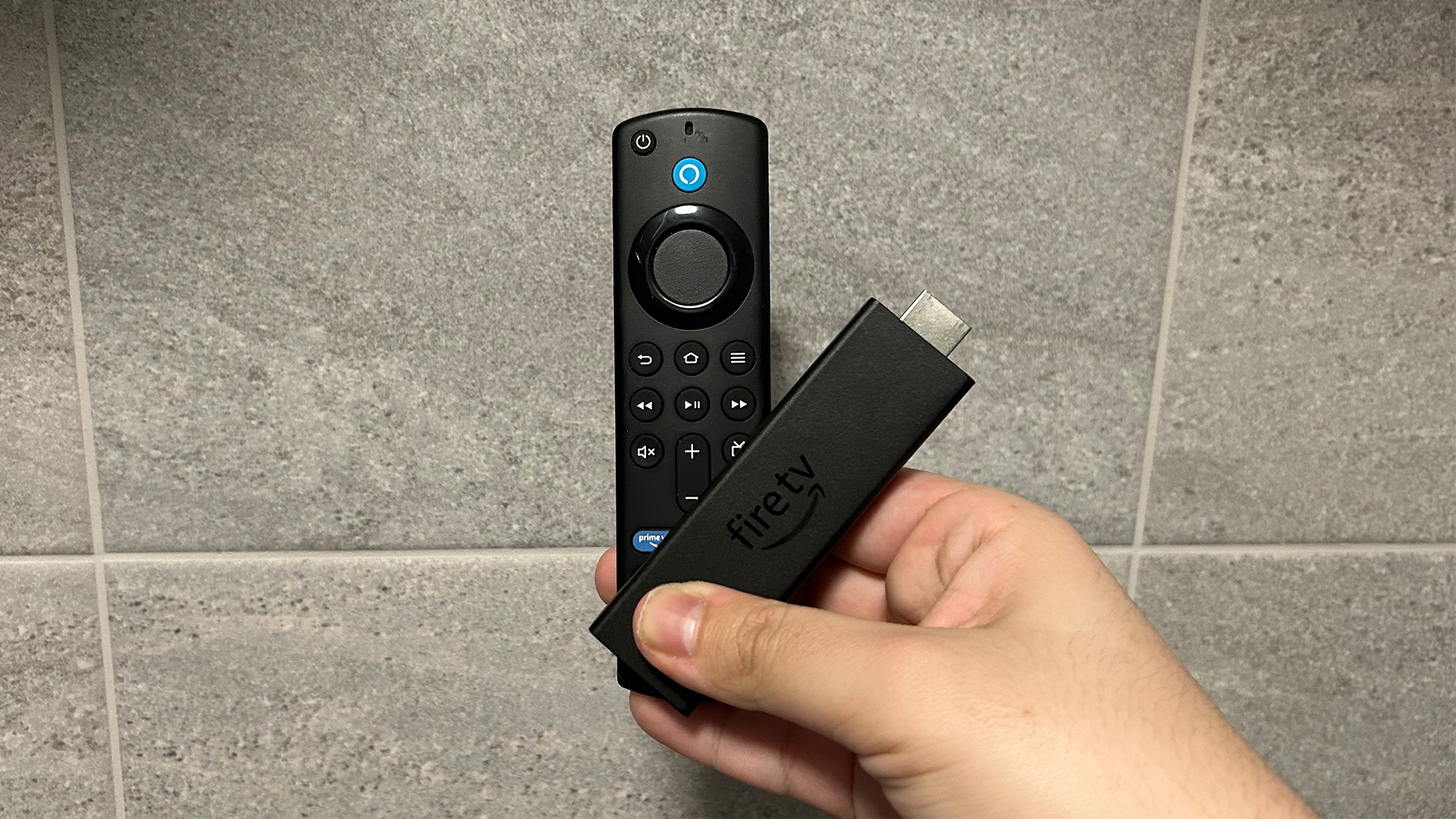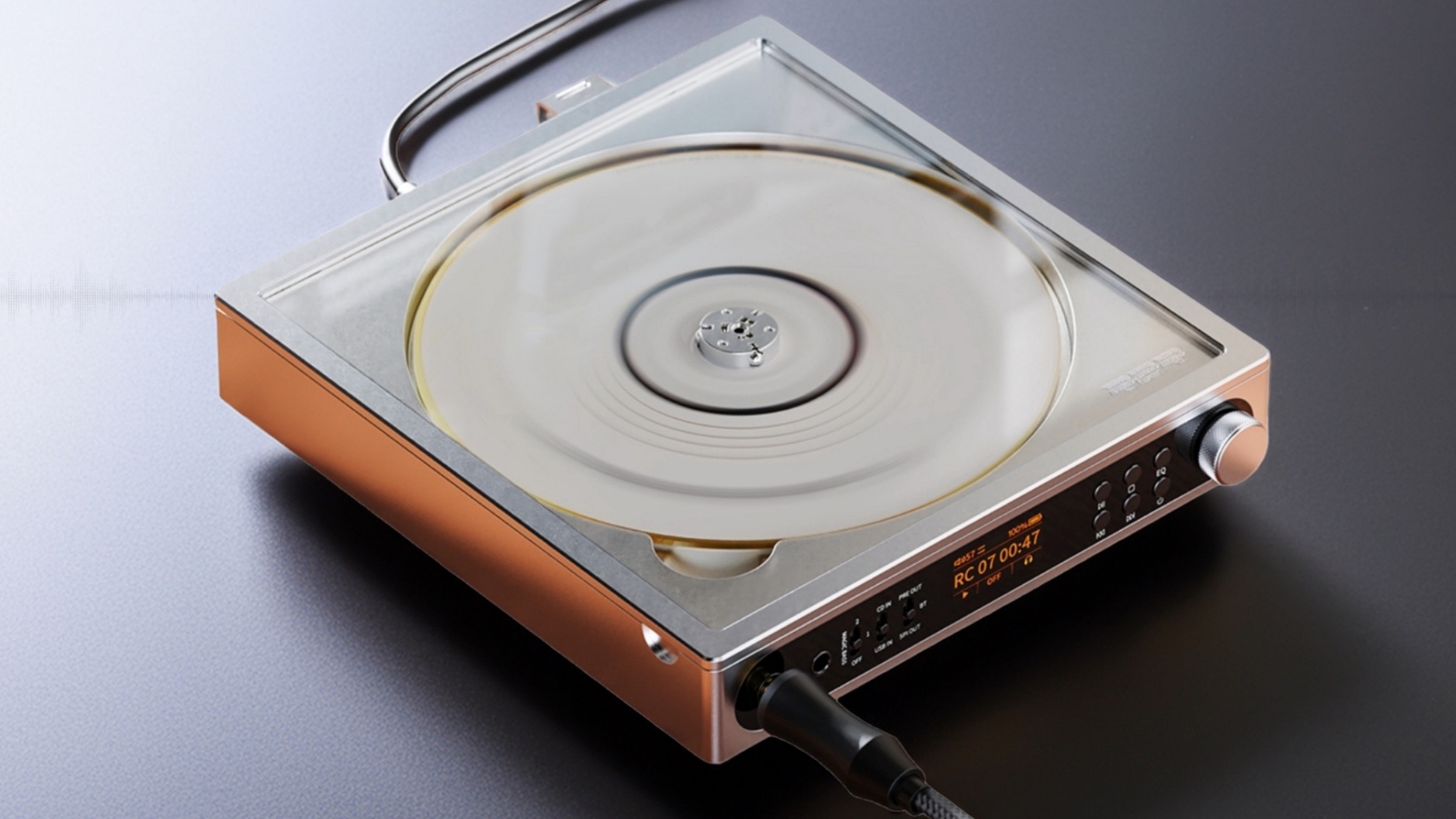What Hi-Fi? Verdict
While there’s plenty to like about the Fire TV Stick 4K Max’s picture, it's just edged out by the competition, and it's further behind when it comes to sound.
Pros
- +
Good image detail
- +
Supports all HDR formats
- +
Competitive pricing
Cons
- -
Not the cleanest, clearest picture
- -
Sound lacks dynamism
Why you can trust What Hi-Fi?
We’re well acquainted with Amazon’s line of Fire TV Stick streamers by now, as they’ve been adding to and enhancing the smart functionality of our TVs for nearly 10 years. These days, there’s a diverse range of Amazon streaming sticks to suit a variety of budgets and use cases; whether that’s the super-budget Fire TV Stick Lite at the bottom of the range, all the way up to this, the Amazon Fire TV Stick 4K Max.
As the long and slightly self-indulgent title suggests, this is the top-of-the-line stick-style streamer from Amazon. It supposedly offers the ultimate plug-and-play 4K streaming experience, but is that actually the case?
Price
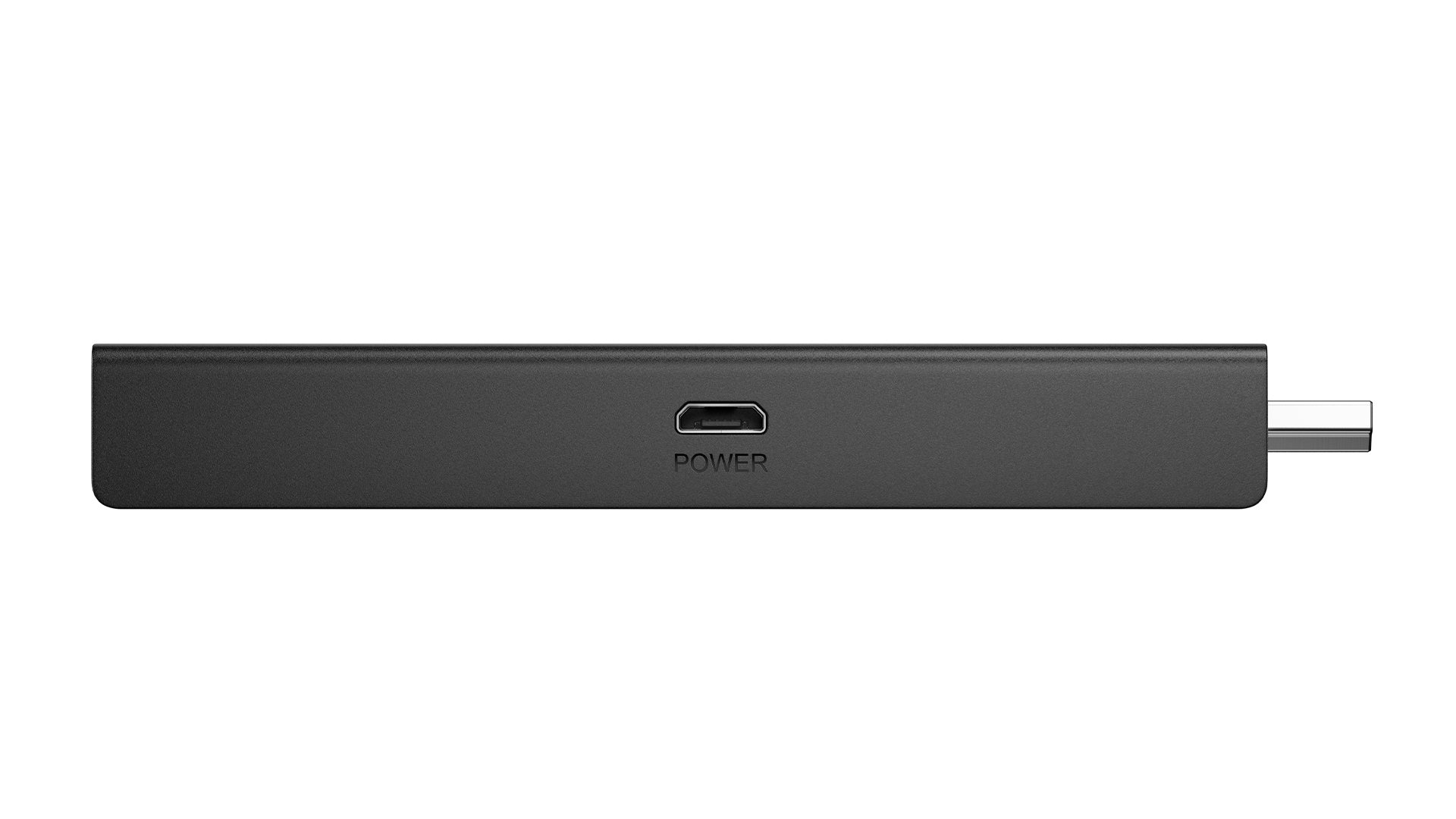
The Fire TV Stick 4K Max is the most expensive offering in Amazon’s streamer line-up if you don’t count the non-stick-shaped Fire TV Cube. Coming in at £65 / $55 / AU$99, the top-of-the-range streaming stick still comes in at a fairly wallet-friendly price, especially when you consider it's only a fraction more expensive than the standard Fire TV Stick 4K.
The obvious non-Amazon alternative is the Google Chromecast with Google TV which, at £60 / $50 / AU$99, is essentially the same price.
Opt for the Fire TV Stick 4K Max and you'll get 8GB of internal storage, 2GB of RAM (up from the 1.5GB of the standard Fire TV Stick 4K), and a quad-core CPU running at 1.8GHz with a 750MHz GPU. Amazon says that this is the fastest Fire TV Stick on the market, quoting a 40 per cent performance gain over the regular 4K model. We have no reason to question this as we zip through the menus with ease and aren’t left waiting around for apps to launch. The Fire TV Stick 4K Max also gets an exclusive feature in the way of Wi-Fi 6, more on that later.
Amazon does also offer an extra accessory in the form of the Alexa Voice Remote Pro, which costs £35 / $35 / AU$59. It’s an optional addition that’s slightly bigger and more comfortable to hold, adds backlighting to the buttons, includes a “find my remote” function (a godsend for those who often lose their Fire TV remote between the sofa cushions) and a few new shortcut buttons including settings, Bluetooth audio, up and down channel and even two customisable shortcut buttons that you can program yourself. It’s by no means an essential accessory, but it easily trumps the included remote.
Build
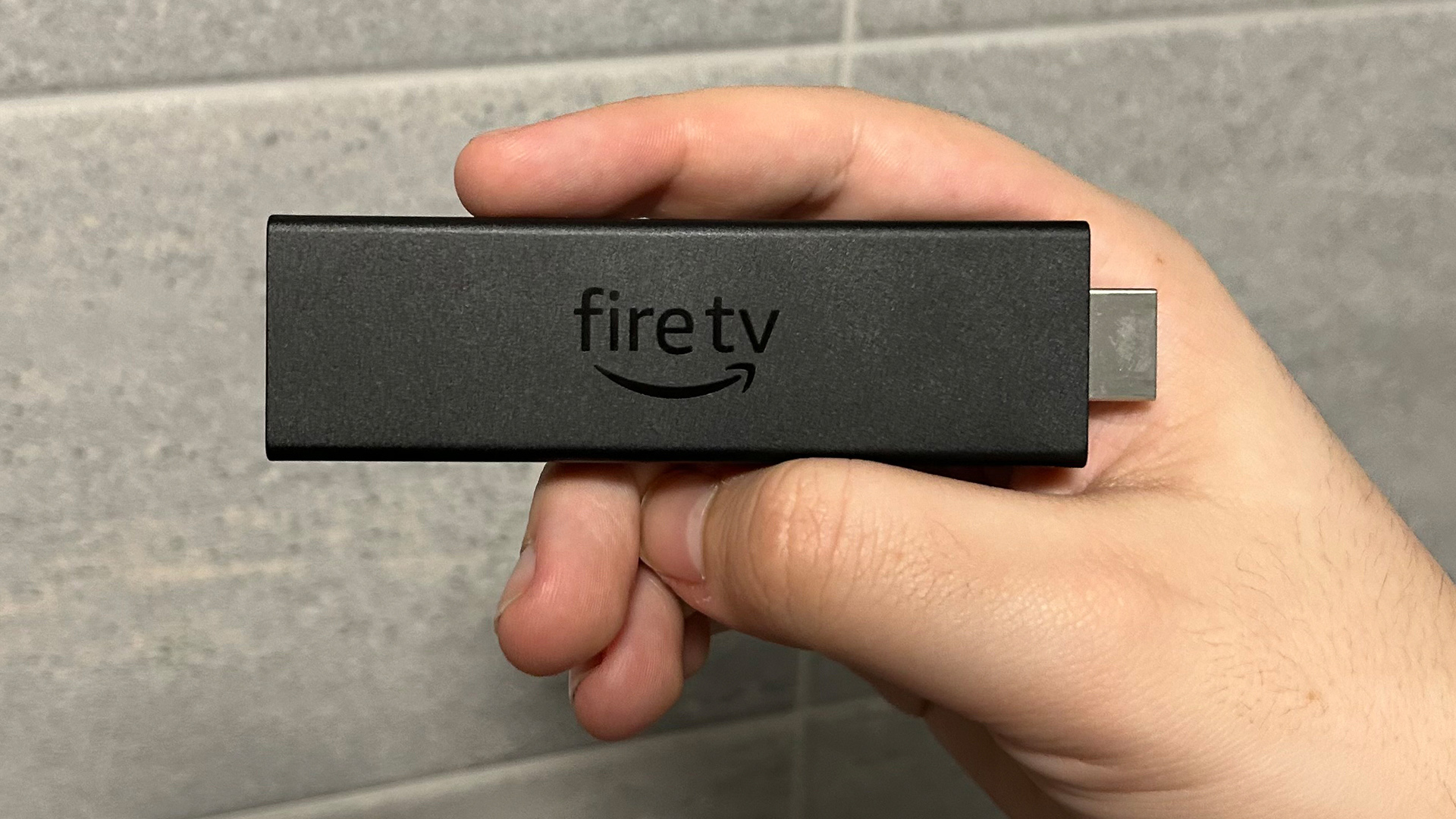
The Fire TV Stick 4K Max is virtually indistinguishable from its brethren and predecessors. It's still a plastic oblong shape that’s reminiscent of a USB thumb drive, with an HDMI connector sticking out of one end and a micro-USB port on the side for power.
The latest hi-fi, home cinema and tech news, reviews, buying advice and deals, direct to your inbox.
It would have been nice to see a slimmed-down design this year, as although the Stick 4K Max can still be easily tucked in a pocket to take on the go, with many TVs it will block the HDMI port next to it. Certainly, that's the case with the Sony A80K that we’re using to test the Fire TV Stick with. It can be avoided with the included HDMI extender adapter, but it's still a mild annoyance. On the subject of things we wish had been updated this year, a move from micro-USB in favour of USB-C would have been nice, as the detachable cable supplied uses the older, non-reversible cable that has mostly been phased out in favour of the new standard.
Amazon includes its Alexa voice remote with the Fire TV Stick 4K Max, and it does a serviceable job of letting us navigate through the Fire OS software. It feels fairly light in the hand and includes the necessary buttons to traverse apps, play, pause, fast-forward and rewind content, and control volume. There are also some handy shortcut buttons on the bottom for Prime Video, Netflix, Disney+ and Amazon Music. Something that seems to plague many Fire TV remotes is a loose battery compartment, and this model is no exception as the rear sliding door slips off the remote far too easily.
Features
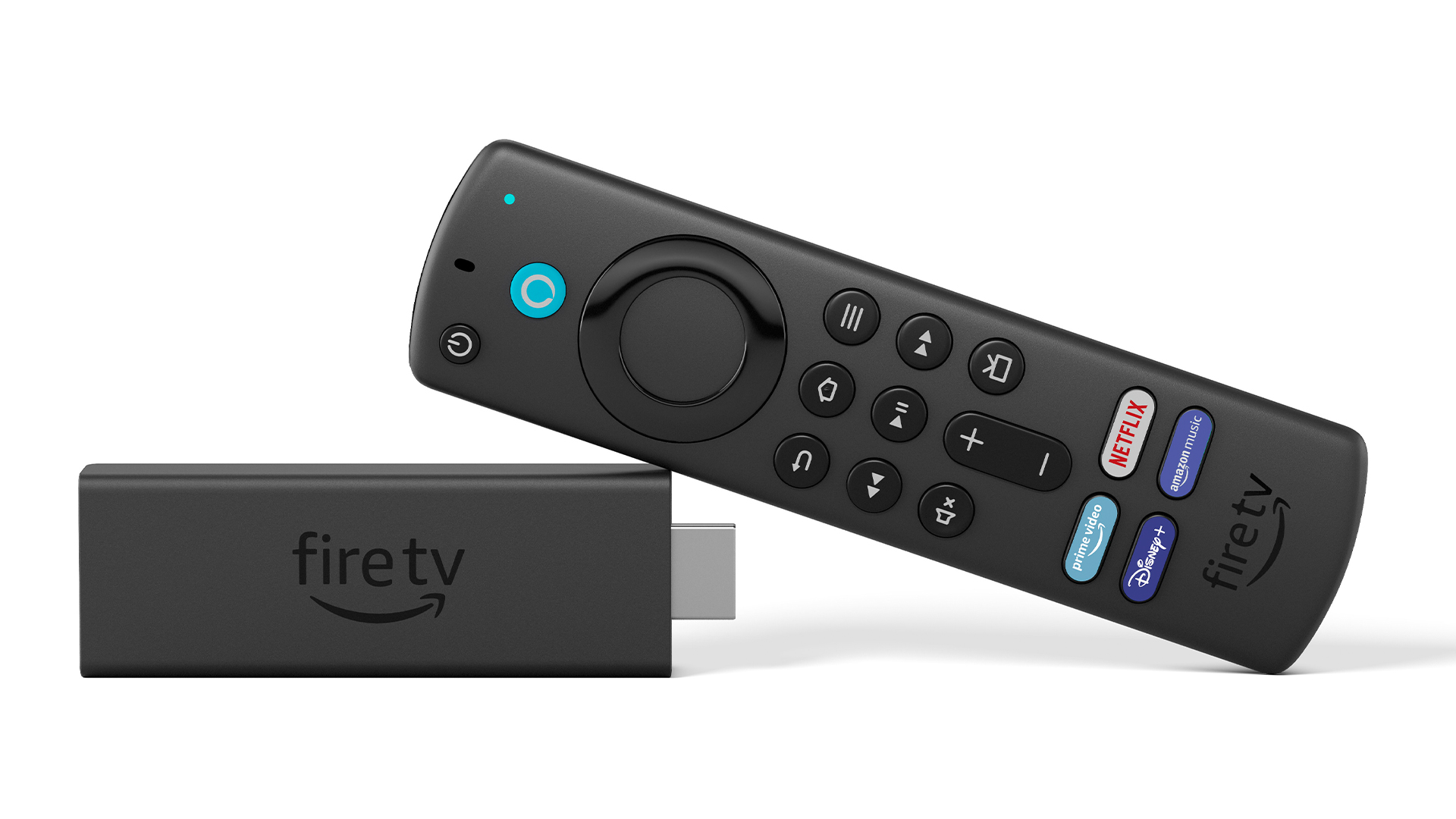
As the name of the product suggests, this Fire TV streams in 4K, providing you have the TV, apps and relevant subscriptions to do so. It's possible to stream content from Netflix, Prime Video, Disney+, Apple TV and even BBC iPlayer in glorious 4K resolution. You may already have these apps downloaded natively to your 4K TV and are probably wondering why an additional device is necessary; the short answer is that in many cases it won't be – streamers such as this are most useful for making an older, dumb TV smart, or for filling the occasional app gaps that even the latest and greatest TVs can have. LG's TVs lack the UK's BT Sport app, for example, and this is a fairly inexpensive way to add it. In some cases, the picture and sound quality can be better, too, particularly if your TV is an older one, and regular updates to apps are likely to be more forthcoming for longer.
The Fire TV Stick 4K Max also streams in HDR, and it supports a smorgasbord of standards here, including HDR10, HDR10+, Dolby Vision and HLG. This means that compatibility shouldn’t be an issue for varying TV models that only include limited HDR formats, such as Samsung’s preference for HDR10+ or LG’s Dolby Vision bias.
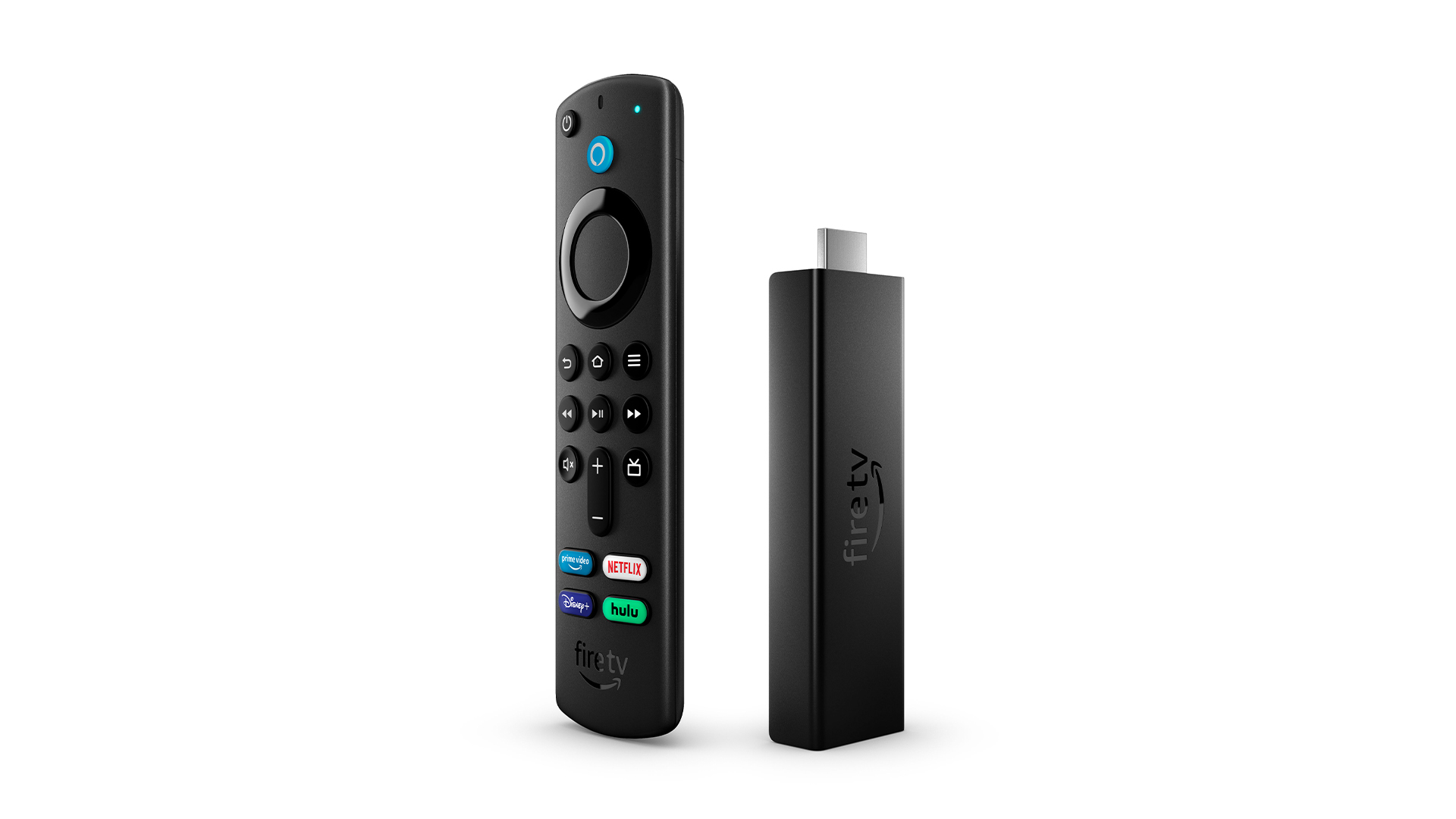
Resolution Up to 4K, 60fps
Bluetooth version 5.0 + LE
Wi-Fi Wi-Fi 6
HDR formats HLG, HDR10, HDR10+, Dolby Vision
Dolby Atmos Yes
Remote control Yes
Dimensions (hwd) 9.9 x 3 x 1.4cm
Weight 48g
There’s also an abundance of support for audio formats, including 7.1 surround, two-channel stereo and Dolby Atmos which, of course, requires the appropriate hardware and content. In short, Atmos works seamlessly and content is marked clearly in apps such as Netflix and Disney Plus.
Fire OS, Amazon’s TV operating system, is easy to navigate and app compatibility is widespread. As well as the aforementioned apps, in the UK you’ll find the likes of ITV X, All 4, My 5, Rakuten and Now for movie and TV streaming, and Tidal, Spotify, Deezer and TuneIn for music and radio. There's also a host of games and gaming-oriented apps such as Twitch and ports of popular Android mobile games.
The Fire OS system benefits from the bump in power found on the 4K Max, with performance remaining smooth and glitch-free in our testing. There is one quirk to Apple TV, however, which operates as an Apple TV+ app and content library for iTunes only. You cannot purchase or rent content via this app and instead must use another device to load content into your library.
The final headline feature of the Fire TV Stick 4K Max is Wi-Fi 6 compatibility. If you have a compatible router, you can expect enhanced stability when it comes to streaming content, as well as a smoother online gaming experience.
Picture
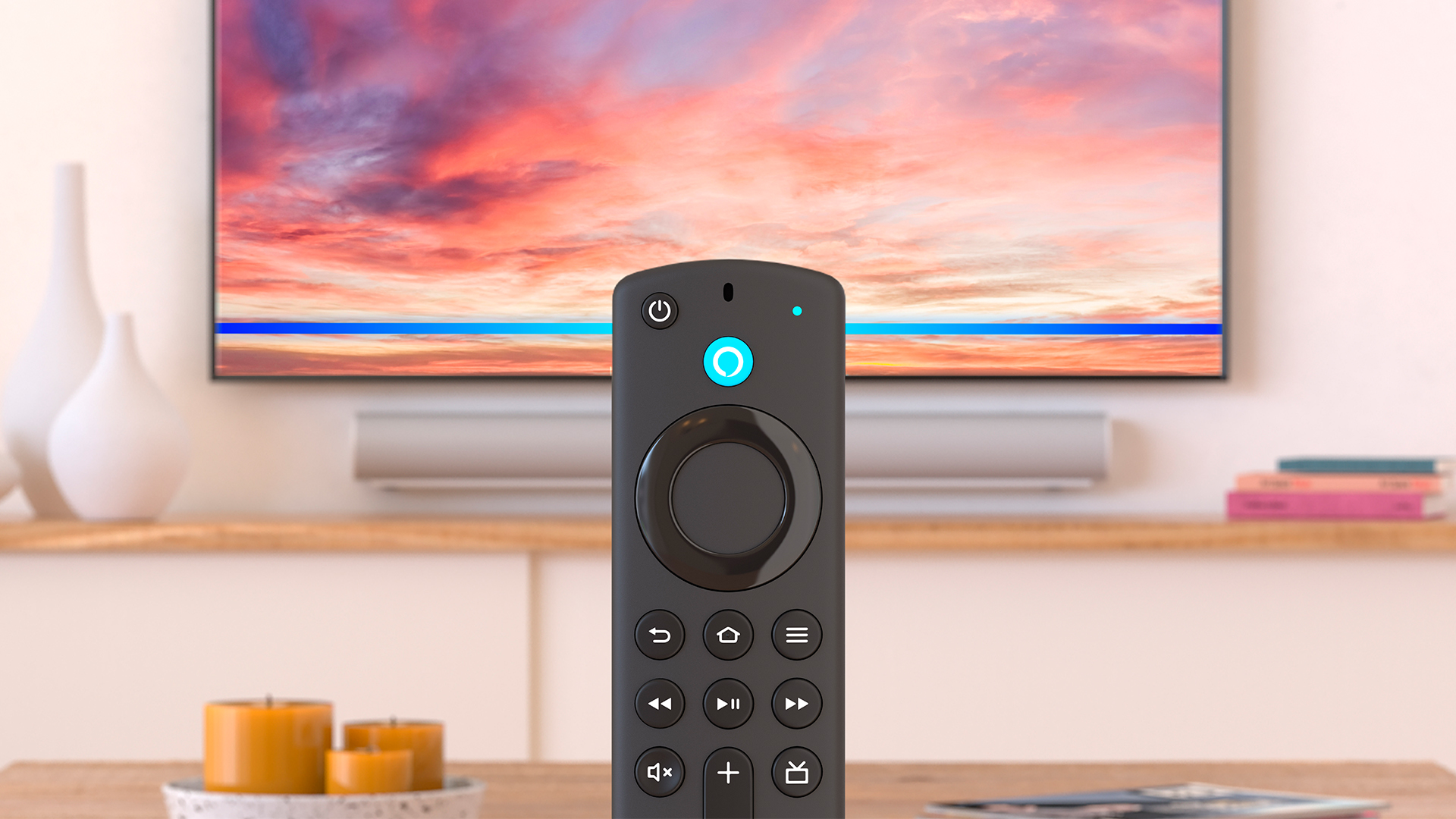
The Fire TV Stick 4K offers a lot to like in the picture department, namely a sharp and detailed picture that, in isolation, impresses. Outlines of subjects on screen are nicely defined, with crisp outlines and a sense of differentiation between those in the foreground and background. This is immediately apparent in the “Welcome to Greece” scene in Glass Onion: A Knives Out Mystery, in which we see neat edges as well as plenty of detail when it comes to skin and clothing textures.
The Fire TV Stick also handles colours well, with the punchy and vibrant Greek vistas of Knives Out popping with the deep, rich blue ocean contrasting with the sandy stone of the dock and pastel shades in the characters’ clothing. There is also adequate punch in the opening scene of Thor: Love And Thunder, with an oasis of thick jungle greenery and luscious fruit popping with vibrant greens and yellows.
Black depth and dark detail are also strong on the Fire TV Stick. As the villainous Gorr launches his nightmarish attack on New Asgard in Thor, the imposing shadows are impressively deep, without crushing detail. There is also a noticeable amount of subtle shading seen on the moon’s surface, despite it being a relatively small object far in the distance.
Finally, moving onto some older, lower resolution content, the Fire TV Stick 4K Max handles Peep Show well, making the most of the fuzzier source material, particularly in terms of brightness.
But while the Amazon Fire TV Stick 4K Max is perfectly capable in its own right, its picture performance is not quite up there with that of the Google Chromecast with Google TV, which edges its Amazon rival for clarity and colour.
For example, while Glass Onion: A Knives Out Mystery features a noticeable film grain effect, it appears more like image noise on the Fire, instead of an intentional visual attribute as it does on the Chromecast. And while there is nice vibrancy to the Fire, the Chromecast pops a bit more while simultaneously looking more natural.
Overall, the Chromecast highlights the Fire Stick’s digital-looking image. Google's streamer simply looks more natural and nuanced, and there is a somewhat computer-ish nature to the Amazon device's picture.
Sound
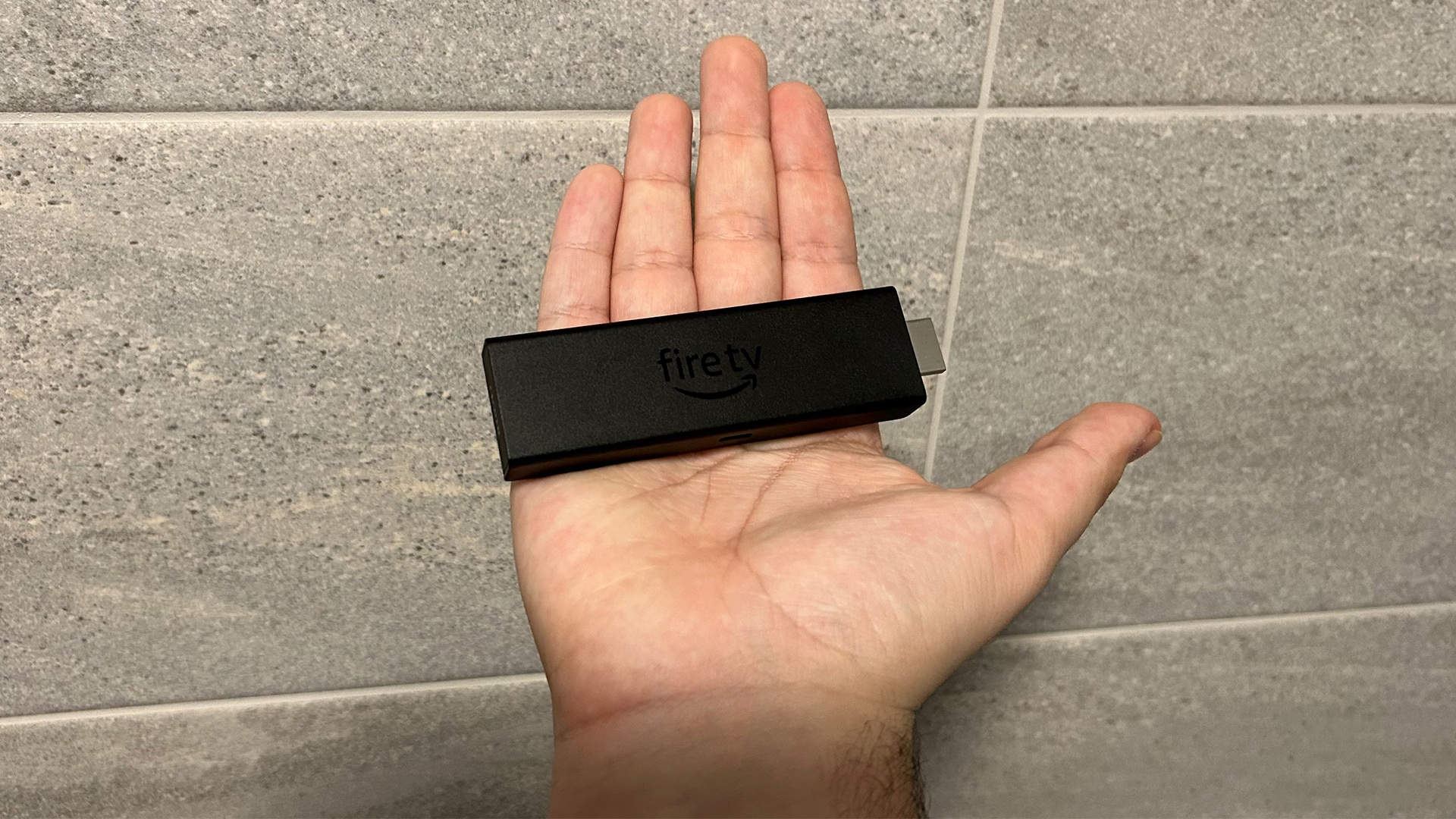
To cut straight to the point, the Fire TV Stick 4K Max’s sound presentation is suitable for watching movies and TV, but it's lacklustre when it comes to music.
Netflix’s Formula 1: Drive To Survive sounds convincingly spacious and there’s a definite directionality to sounds travelling around us, providing an exciting audio experience. The crunching and slashing of Thor’s axe through the shadowy monsters in Love And Thunder is also crisp and satisfying, but the Fire is mostly concerned with enhancing bolder sounds rather than focusing on the subtler tones.
This is apparent when we switch to Tidal to play James Blake’s Limit To Your Love in stereo using our reference system. There is a lack of warmth and richness to Blake’s voice and the piano. Overall, the presentation lacks texture and sounds flat when compared with the Chromecast, which offers a more revealing and rich spin on the track with enhanced dynamics and drive. Put simply, the Fire Stick lacks energy, and flattens out the drama of the track, resulting in a mediocre listening experience.
Verdict

The Amazon Fire TV Stick 4K Max starts strong but slowly begins to show its shortcomings when compared to similarly priced rivals. While its picture is sharp, detailed and colourful, Google’s rival 4K streamer offers an equally crisp picture with less picture noise and more natural colours. The Fire TV is also missing something when it comes to sound, lacking the drive and soul that's found in its rival.
There’s still lots to like when it comes to the Fire TV Stick 4K Max, such as its expansive app compatibility and thorough HDR format support, but it can’t quite match the Chromecast when it comes to picture and sound.
SCORES
- Picture 4
- Sound 3
- Features 5
MORE:
Read our review of the Google Chromecast with Google TV
Also consider the Apple TV 4K
Read our Roku Streaming Stick Plus review
These are the best video streamers you can buy
What Hi-Fi?, founded in 1976, is the world's leading independent guide to buying and owning hi-fi and home entertainment products. Our comprehensive tests help you buy the very best for your money, with our advice sections giving you step-by-step information on how to get even more from your music and movies. Everything is tested by our dedicated team of in-house reviewers in our custom-built test rooms in London, Reading and Bath. Our coveted five-star rating and Awards are recognised all over the world as the ultimate seal of approval, so you can buy with absolute confidence.
